Driss Aroussi
Driss Aroussi is a Marseille-based artist. Driven by an appetite for experimentation, his work seeks to “understand machines, exit the program and discover new opportunities for art.” Between Marseille and southern Morocco, for around fifteen years Aroussi has worked with different methods in silver gelatin and digital photography and video. Close to docu-fiction, his practice in these media plays with time, advocating the slow of the real world and shifting towards the magic of appearance.
Since 2003, his art has centered on the notion of work, a theme he’s still exploring today. In line with social photography, the artist moves between documentary and inquiry in his first highly political bodies of work. He thus seeks entrance into a tradition of photography that makes visible and pays tribute to “environments, sites of labor, and the humans at labor within them."
Starting in 2005, En chantier, a long-term project on construction sites, catalogues typologies from diverse elements of construction sites and the various trade associations representing them: those of masons, pavers, plasterers and electricians…
In Spain from 2010 to 2011, Aroussi produced the series Edificios Parados, exploring construction that came to a halt during the housing crisis. Construction sites are presented as instances of contemporary life: sites of manual labor and capitalist exploitation.
Alongside this work, Aroussi pursued several projects exploring the very process of making images and creating the sensory through different experimental practices:
“Crafting and experimentation came as a default, I mean, my tools were outdated, old and used. In the past few years, the process of generating images has become more present in my work.”
Starting in 2006, he began drawing on the thought of Vilem Flusser in the work Towards a Philosophy of Photography (2006). This was the start of a still in-progress project combining traditional and analog photography. He made devices combining silver halides and pixels, stressing the device used in producing the resultant image.
This process was used in La Visionneuse, an installation that uses several devices (a flatbed scanner, a digital frame, a raspberry/micro-computer and a television). On the screen, the viewer sees unexpected, randomly generated “photo-collages” combining two or three images based on a slideshow from the artist’s photography collection and archives.
Thus the notion of labor encounters that of time through latency, after which the two notions become indissociable in Aroussi’s oeuvre, as in the video Les Cailloux de l'Oued, 2006, made in the artist’s native village in southern Morocco, a semi-desert region.
In this silent film, over a seven-minute period, two men dig the earth and fill a truck with sand and stones. Without embellishment, the viewer feels the duration of the action and its arduousness. This first video anticipates Sisyphe, produced by the artist in 2017.
Video becomes a powerful tool of expression in Aroussi’s art. No simple documentary, it plays with the conventions of fiction. The artist enlists a small film crew, with a director of photography, sound engineer and film editor, taking on the writing and direction himself. Filmed in his hometown in southern Morocco, Sisyphe tells the story of a man who works in an outdoor quarry breaking rock to extract stone for use in construction. Each day, as he toils, he contemplates life and death…Conceived as a mythological fable, the video touches on the human, our link to the living world and the elements. The main character’s body is seen in its fragility confronted with a mass of mineral. He carries out the daunting, anachronistic task like a modern-day slave.
These reflections continue and the extraordinary aspects are amplified in the film Borj el mechkouk (in production as of 2022 with the same team behind Sisyphe). As in his previous film, the story is rooted in the real world, with the increasing scarcity of water in the Fezna oasis. Aroussi adds elements of fiction to the story to create a cinematic fable.
Borj el mechkouk has us follow a man sent by his village, travelling with his donkey, to investigate and potentially remove sand from a system of subterranean water channels called Khettaras,1 a technique used for centuries by villagers to irrigate farmland. Without resorting to pathos, the film takes on this modern ecological topic in the form of an investigation. Through a series of vignettes and accumulating events occurring over several days, the viewer follows a man searching for water in the desert.
Beyond the narrative’s poetic aspects, the artistic production here, as elsewhere, raises political questions. It emphasizes complex facets of the human condition. The director’s narrative choices succeed in rendering universal a story with a specific context, making the consequences of climate change on local populations visible. The film ends by going beyond this quest, questioning our perspective and delivering a moment of pure wonder.
Borj el mechkouk is essential to understanding Driss Aroussi’s work. It combines his interest in the notions of labor, and time in a contemporary context, with the magical quality of the image.
Note :
1 In Morocco, Khettaras are considered one of the oldest systems of water management created by humans, allowing for sustained access to groundwater from aquifers.
Translation: Elaine Krikorian
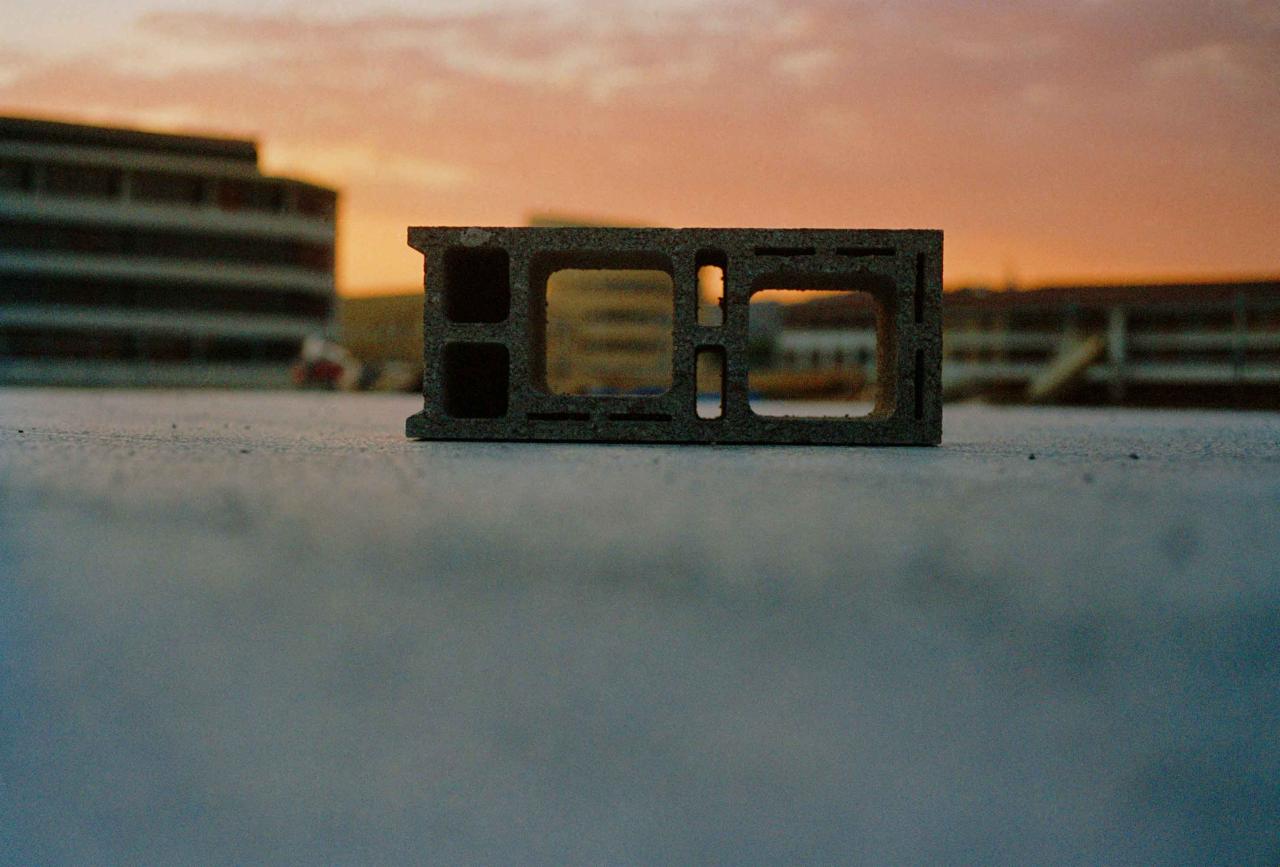
Silver photography, 45x30cm
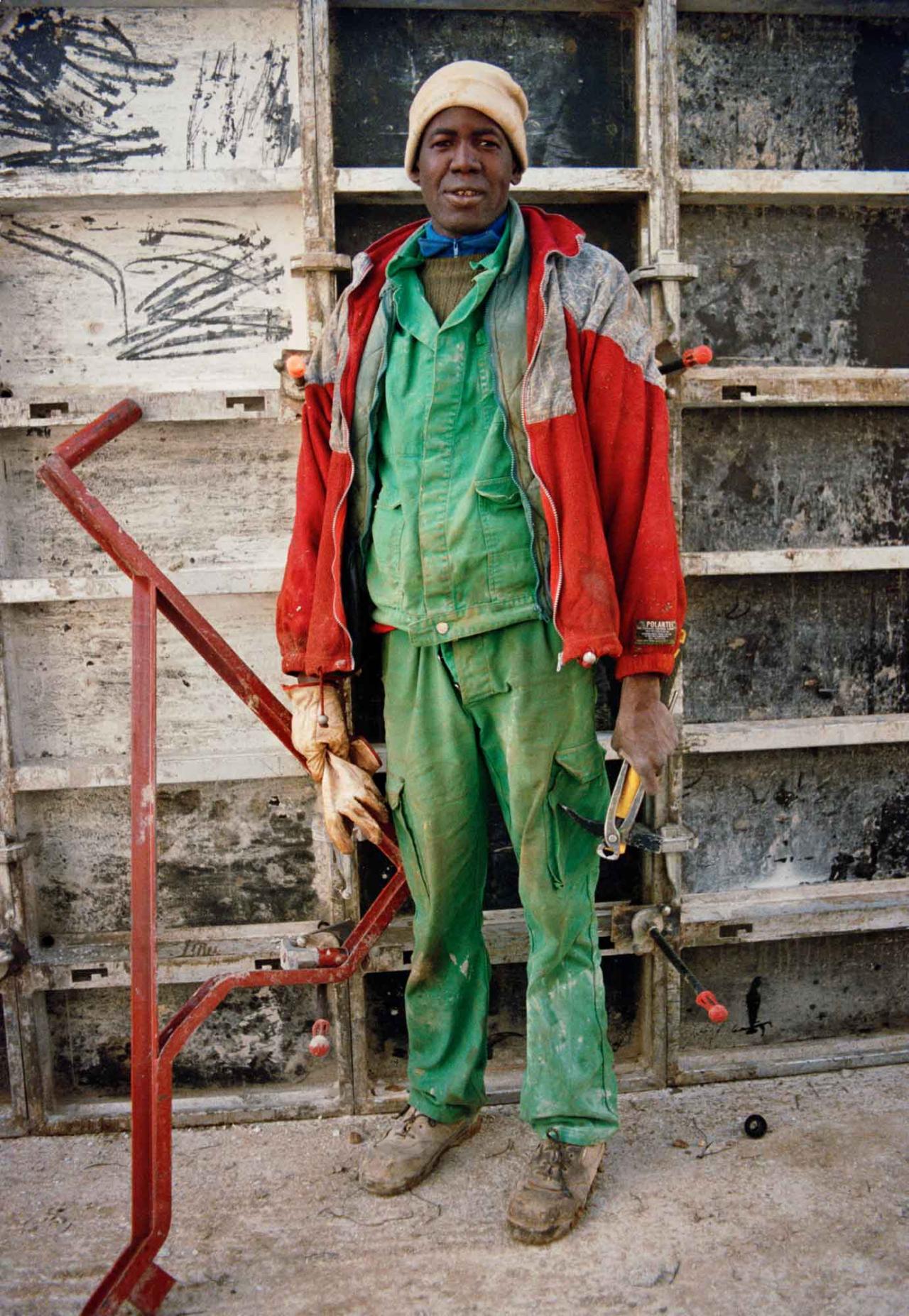
Silver photography, 30x45cm
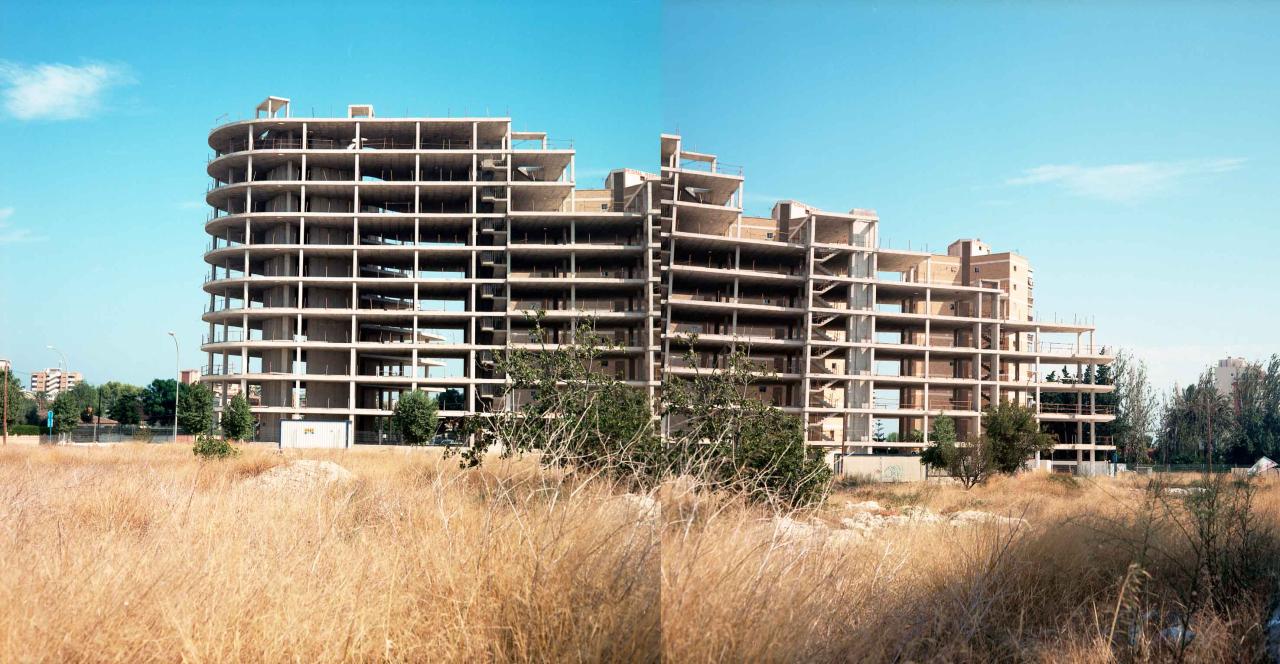
Silver photography, variables dimensions
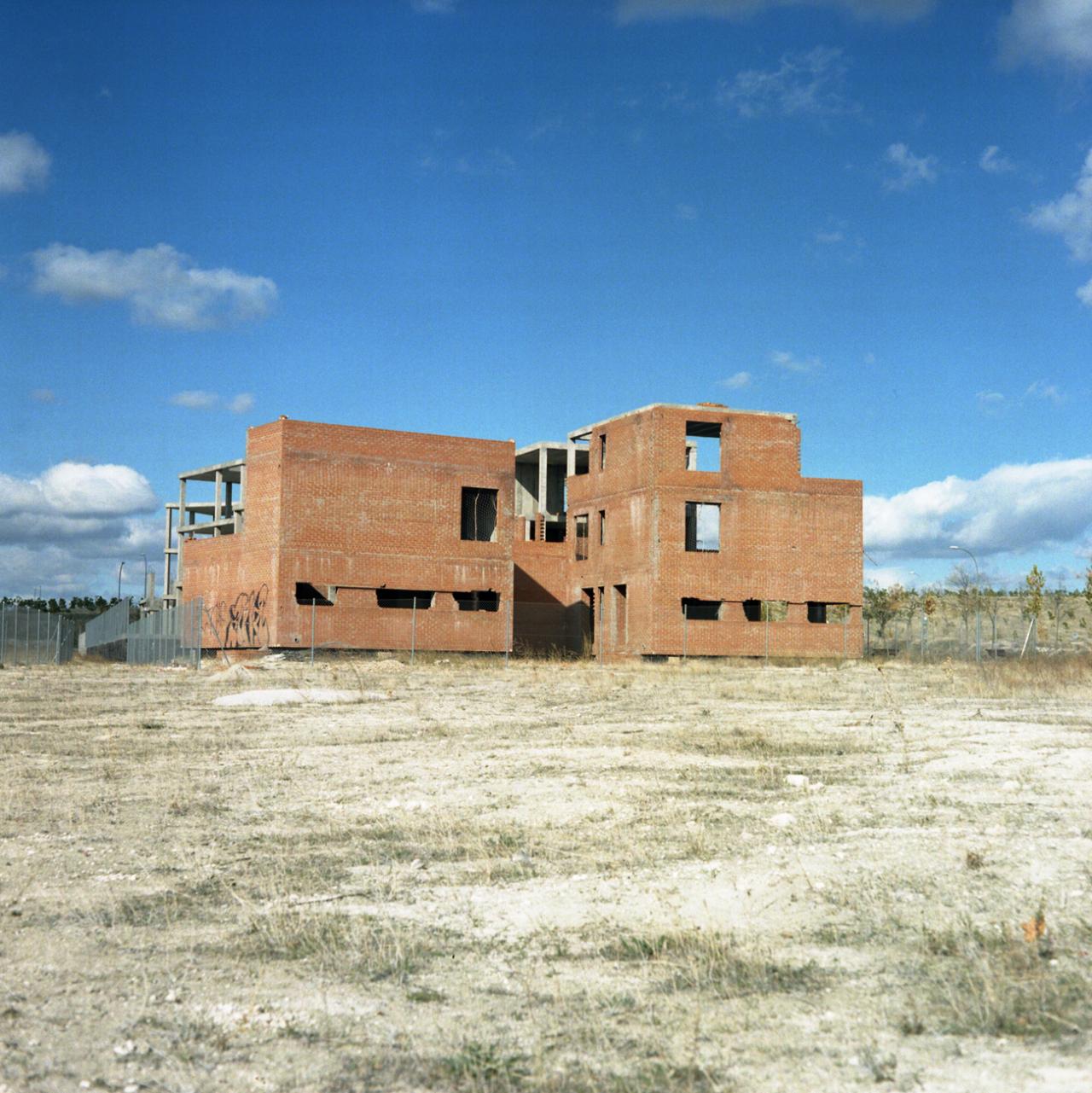
Silver photography, variables dimensions
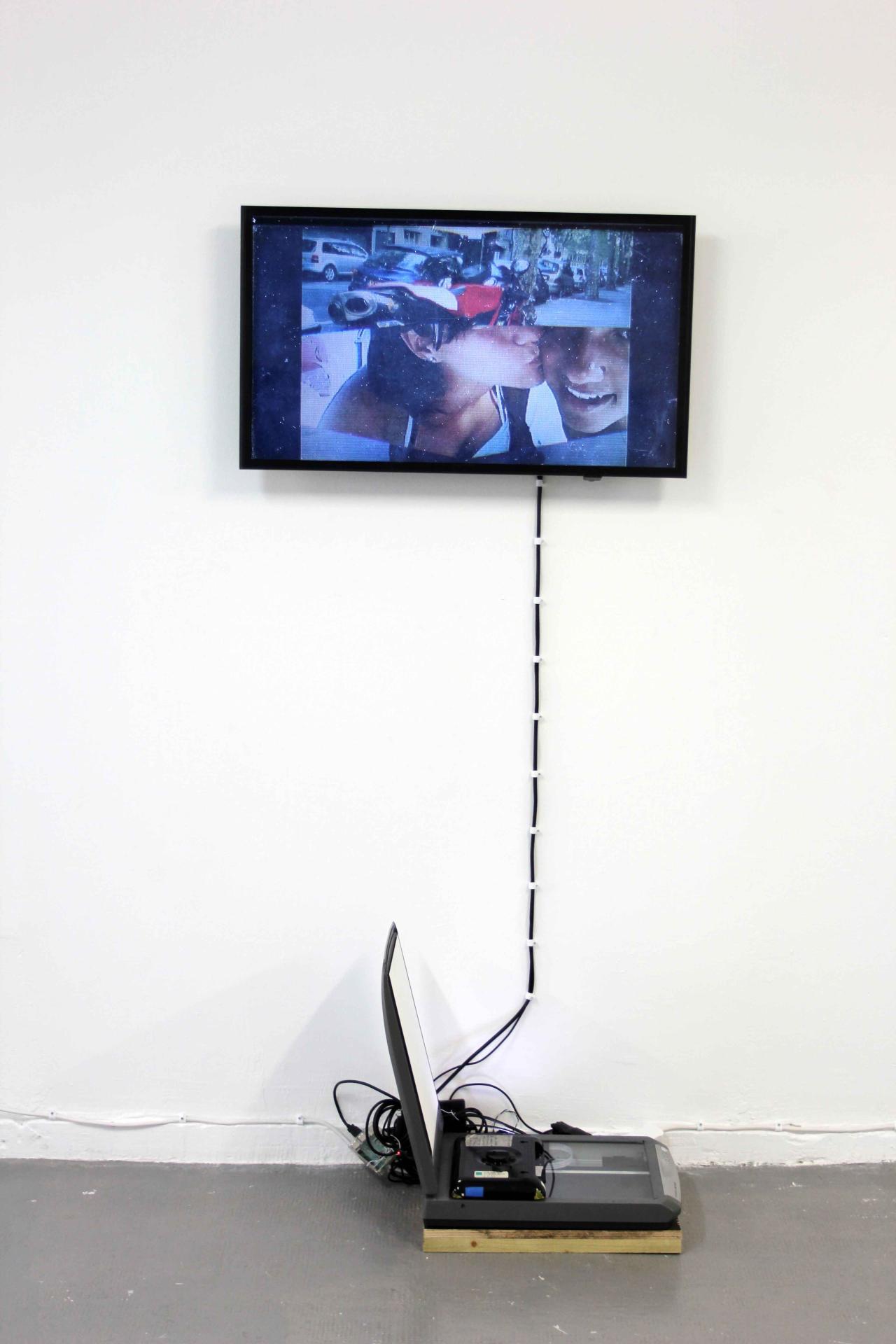
Flatbed scanner, Raspberry, digital frame, TV screenInstallation created with the support of Lab Gamerz M2F-création and Grégoire Lauvin
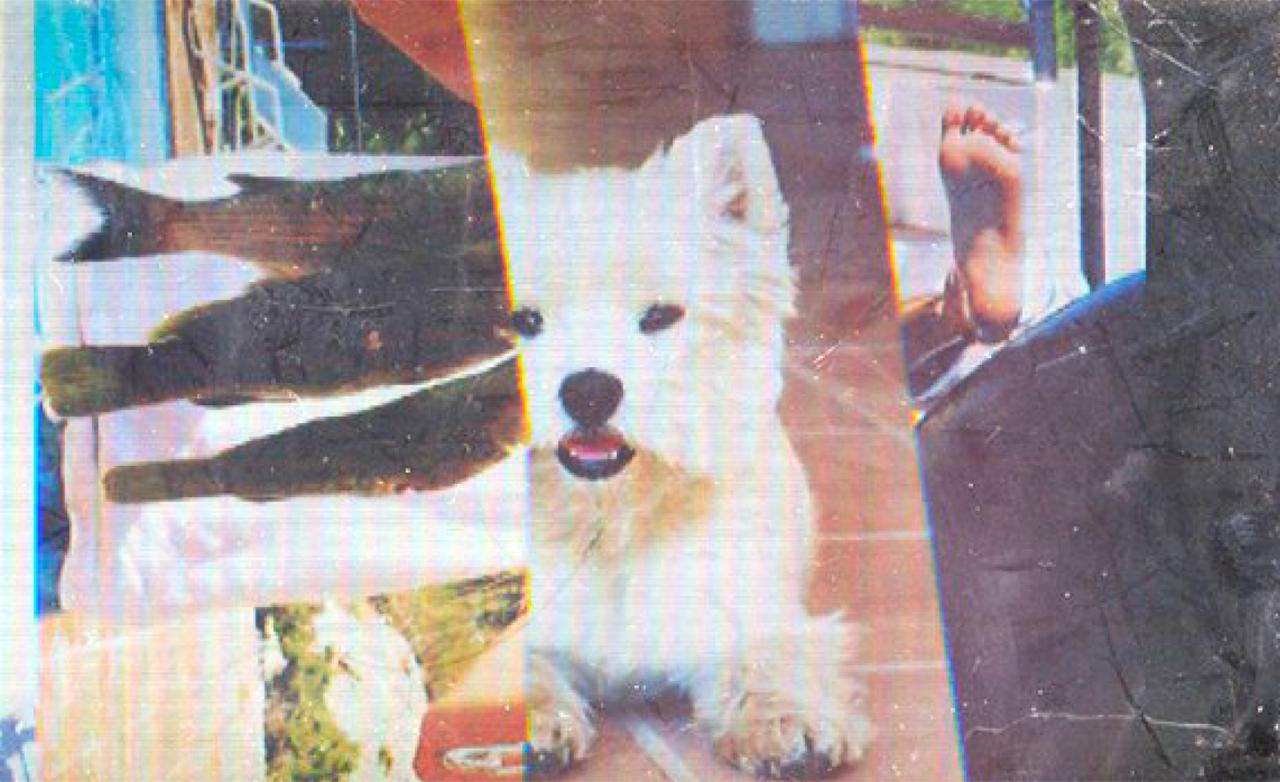
Flatbed scanner, Raspberry, digital frame, TV screenInstallation created with the support of Lab Gamerz M2F-création and Grégoire Lauvin
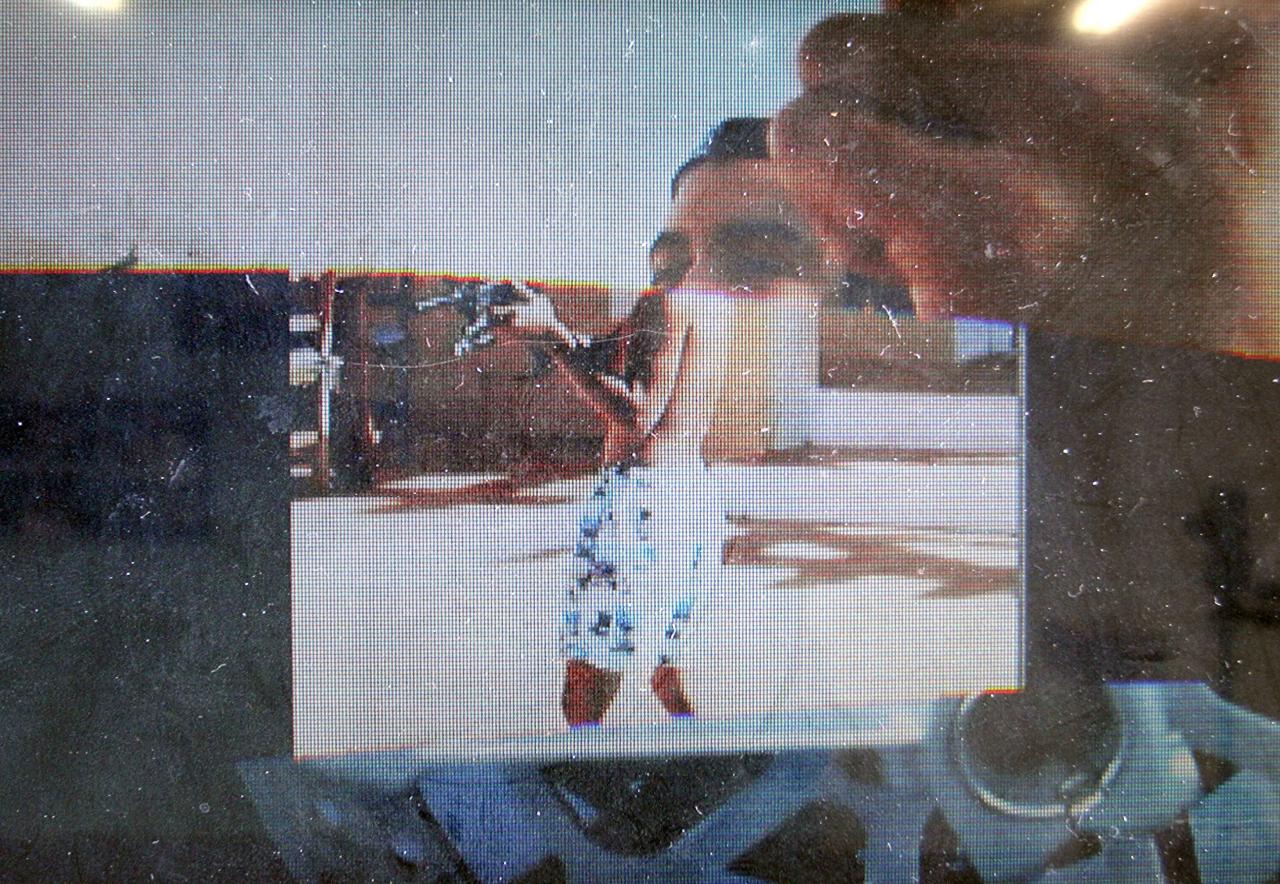
Flatbed scanner, Raspberry, digital frame, TV screenInstallation created with the support of Lab Gamerz M2F-création and Grégoire Lauvin